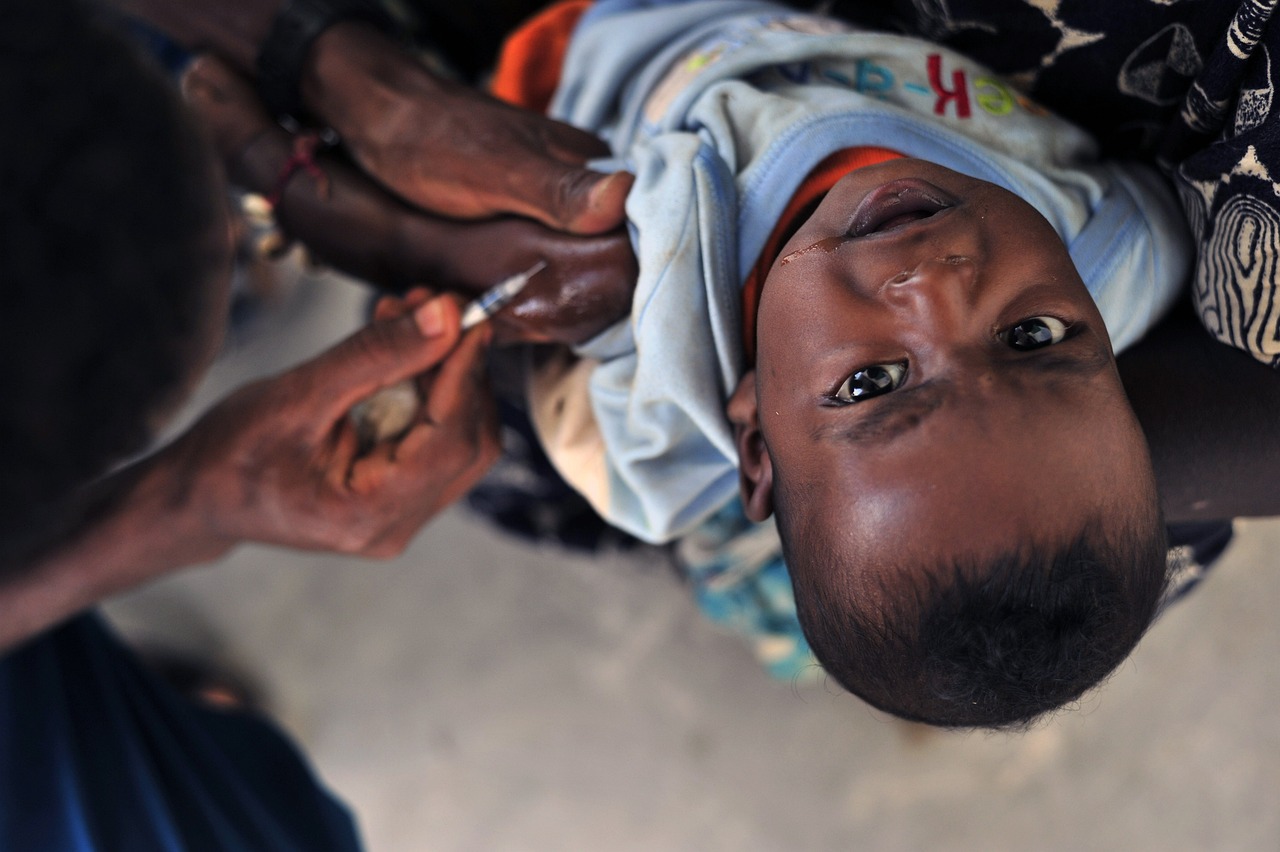Child Mortality Rate in Sub-Saharan Africa
 It is estimated that about 11 children aged less than 15 die every minute. This is around 16,000 deaths daily and an annual figure of six million child deaths. The child mortality rate in Sub-Saharan Africa is no different. Children have a life expectancy of 51 years, with almost 10% dying in their first year of life. About 155 of every 1000 children born in Sub-Saharan Africa do not reach age 5. Child mortality is particularly high in the first month of life of children in Sub-Saharan Africa, with neonatal mortality of 40 out of every 1000 births.
It is estimated that about 11 children aged less than 15 die every minute. This is around 16,000 deaths daily and an annual figure of six million child deaths. The child mortality rate in Sub-Saharan Africa is no different. Children have a life expectancy of 51 years, with almost 10% dying in their first year of life. About 155 of every 1000 children born in Sub-Saharan Africa do not reach age 5. Child mortality is particularly high in the first month of life of children in Sub-Saharan Africa, with neonatal mortality of 40 out of every 1000 births.
Causes of Child Mortality in Sub-Saharan Africa
Children in Sub-Saharan Africa are 14 times more likely to die before the age of 5 than children in North America and Europe. The causes of these deaths vary and range from medical to socioeconomic factors. Medical causes range from birth asphyxia, preterm birth, neonatal causes, child pneumonia, malaria, diarrhea, HIV/AIDS and measles. Socioeconomic causes range from poverty, low levels of maternal education and inaccessible quality health care.
Other secondary causes that can be identified include inefficient neonatal health care and the lack of reliable data on the child mortality rate in Sub-Saharan Africa. Most countries in Sub-Saharan Africa do not register births and deaths of children. It is estimated that as many as half of newborns who die go unregistered. The implication is that newborns and their mothers are unreachable by national and regional policies and programs aimed at reducing the child mortality rate in Sub-Saharan Africa.
The Impact of GAVI Alliance Vaccine Programs
GAVI is an international nonprofit that partners with public and private sectors to save lives and protect people’s health by increasing the equitable and sustainable use of vaccines. It has made significant contributions to eradicating child mortality in Sub-Saharan Africa. Since its establishment in 2000, GAVI has disbursed nearly $5.9 billion to Sub-Saharan African countries, which has helped to reach more than 364 million children and averted more than 8.9 million potential child deaths in the region.
GAVI has been partnering with other international nonprofits, like the World Health Organization (WHO) and the United Nations Children’s Fund (UNICEF), since 2019 to implement the Malaria Vaccine Implementation Programme (MVIP) in Ghana, Kenya and Malawi. The malaria vaccine is administered in four doses to children at around five months of age. More than two million children have received the vaccine. This has led to a significant 13% reduction in all-cause mortality among eligible children.
As of February 2024, through its Zero-Dose Immunization Programme (ZIP), GAVI had successfully delivered one million life-saving vaccines to children across Ethiopia, Somalia, Sudan and South Sudan. These particular countries are located in the Horn of Africa. They are known to suffer from multiple crises. These include civil conflicts, food and water shortages, extreme droughts and flooding, making children vulnerable to vaccine-preventable diseases, resulting in a high child mortality rate.
Gavi’s Impact in Nigeria
As of 2014, in Nigeria, nearly 480 children per 100,000 died of pneumonia or other lower respiratory infections. That same year, with the support of GAVI, Nigeria launched the PCV vaccine as part of its routine immunization program. By 2019, the figure had decreased from 480 to 386 per 100,000. In 2022, Nigeria achieved 60% coverage with the final dose of the PCV vaccine.
Gavi’s Director of High Impact Countries, Tokunbo Oshin, highlighted that, in partnership with other international organizations, GAVI, as of 2023, has delivered 11.7 million doses of the highly effective pentavalent vaccine to children in Nigeria. The vaccine protects children from five life-threatening diseases, including diphtheria, pertussis, tetanus and hepatitis B.
It has also delivered a dose of the tetanus-diphtheria vaccine to more than 670,000 eligible children aged 4 to 14 years old across 18 high-burden local government districts in Kano State. Also, 75,000 zero-dose children aged less than 2 received their very first dose of the pentavalent vaccine.
Gavi’s Effort Against Rotavirus in Sub-Saharan Africa
GAVI’s support has been instrumental in the fight against rotavirus, a major cause of deadly diarrhea in children in Sub-Saharan Africa. The impact of GAVI’s vaccination programs is significant, with a reported prevention of 64% of severe rotavirus diseases during the first year of life in children in Sub-Saharan countries, including Ghana, Kenya and Mali.
In the first quarter of 2023, Kenya was hit with an outbreak of rotavirus, which was managed through the supply of vaccines from the National Vaccines and Immunization Program. In Mombasa County, 8,000 children have received vaccinations in Q1 2024. A target of 9,000 vaccinations has been set to help protect the future of children in Kenya.
Certainly, GAVI’s contribution to reducing the child mortality rate in Sub-Saharan Africa has not gone unnoticed. Its continued partnership with other international organizations will help it achieve its objectives.
– Olusegun Odejobi
Photo: Pixabay
